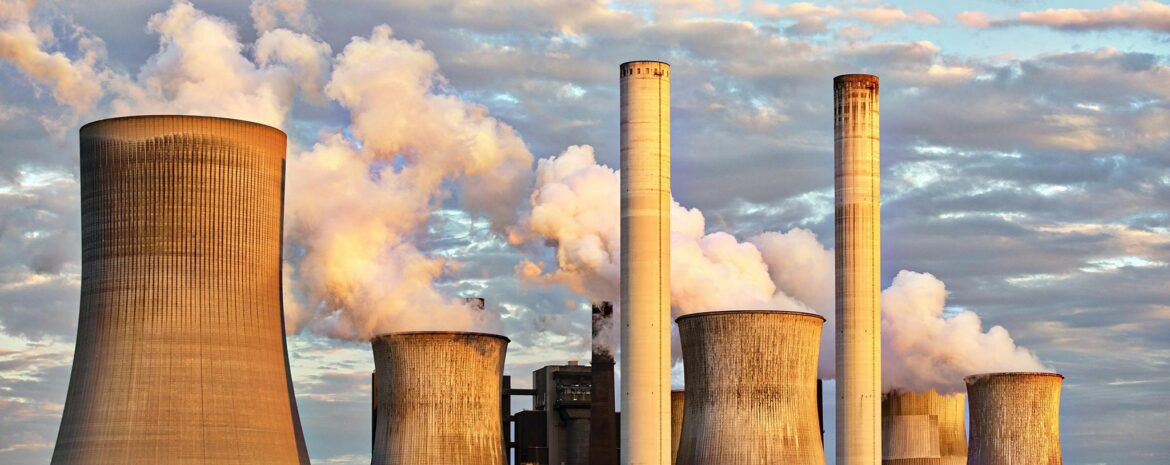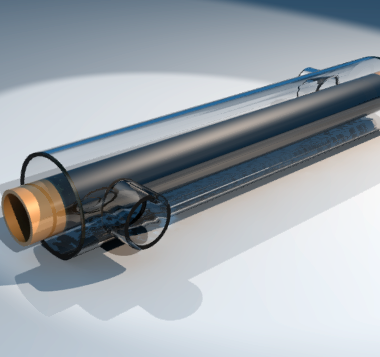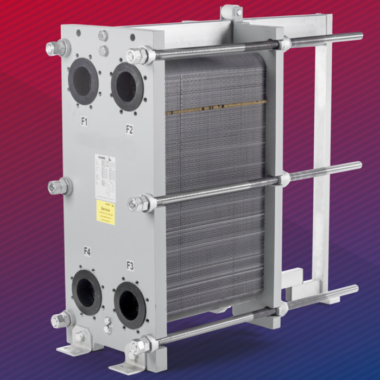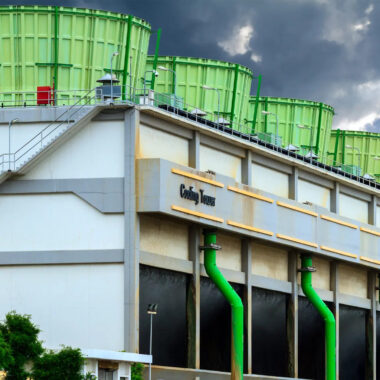Power Plants : How to Choose the Right Cooling Tower for Power Plants
Introduction
Choosing the right cooling tower is essential to ensuring optimal power plants performance, reducing operational costs, and meeting environmental standards. With various types of cooling towers available, and factors such as water availability, energy efficiency, and regulatory compliance to consider, selecting the best option can be a complex decision. This guide will explore key considerations to help power plant operators make informed decisions when choosing a cooling tower tailored to their specific needs.
Cooling Tower Type
- Natural Draft vs. Mechanical Draft: Natural draft cooling towers Natural Draft Cooling Towersuse the natural buoyancy of hot air to create airflow, suitable for large power plants, while mechanical draft towers use fans to force air through the system, offering greater control and flexibility in various plant sizes.
- Wet vs. Dry Cooling: Wet cooling towers, which evaporate water to remove heat, are more efficient but require significant water usage. Dry cooling towers, which use air to dissipate heat, are ideal for water-scarce regions but may be less efficient in hot climates.
Cooling Load and Plant Size
- Capacity Requirements: Calculate the cooling load based on the plant’s size and the amount of heat that needs to be dissipated. Choose a cooling tower that can handle the peak heat load without compromising efficiency.
- Modularity for Scalability: For power plants with plans for future expansion, consider modular cooling tower designs that allow for additional units to be added as capacity needs increase.
Water Availability and Quality
- Water Source: Evaluate the availability and quality of water near the power plant. Wet cooling towers require a continuous supply of water, so access to a reliable source is essential.
- Water Treatment Needs: If using a wet cooling system, ensure that the water quality is suitable to avoid scaling, corrosion, and biological growth. Proper water treatment systems should be in place to protect the cooling tower and optimize performance.
Environmental Regulations
- Compliance with Emission Standards: Cooling towers must meet local and national environmental regulations, particularly in terms of water usage, chemical discharge, and air emissions. Ensure that the chosen cooling tower complies with all relevant environmental laws.
- Noise and Visual Impact: Consider the noise levels and visual impact of the cooling tower, especially if the plant is located near residential or commercial areas. Some cooling towers are designed with soundproofing and aesthetic features to minimize disruption.
Energy Efficiency
- High-Efficiency Fans and Motors: Choose cooling towers with energy-efficient components like high-efficiency fans and variable speed drives to reduce operational energy costs.
- Heat Transfer Efficiency: Select a cooling tower that maximizes heat transfer efficiency, reducing the overall energy required for cooling and improving the plant’s overall performance.
Construction Materials
- Corrosion Resistance: Power plants typically operate in harsh environments, so choose cooling towers made from corrosion-resistant materials like stainless steel, fiberglass, or reinforced concrete to ensure durability and longevity.
- Maintenance Considerations: Opt for materials that are easy to maintain and resistant to wear and tear, reducing the frequency and cost of maintenance over the tower’s lifespan.
Water Conservation Strategies
- Drift Eliminators: Choose cooling towers with advanced drift eliminators to reduce water loss due to drift, conserving water resources and minimizing the environmental impact.
- Water Reuse and Recycling: Consider incorporating systems that allow for the reuse and recycling of water within the cooling process, reducing overall water consumption and improving sustainability.
Advanced Fill Media
- High-Efficiency Fill: Select cooling towers with advanced fill media that enhance heat exchange efficiency, such as cross-flow or counter-flow designs, to maximize cooling performance.
- Anti-Fouling Materials: Opt for fill materials that resist fouling and scaling, reducing maintenance needs and improving long-term efficiency in power plant operations.
Cooling Tower Design and Configuration
- Single vs. Multi-Cell Towers: Decide between a single-cell or multi-cell cooling tower configuration. Multi-cell towers offer better redundancy and can continue operating even if one cell is under maintenance.
- Low-Profile vs. Tall Tower Designs: Consider the physical design of the cooling tower, whether a low-profile design for limited space or a tall, natural draft tower for maximum efficiency.
Hybrid Cooling Systems
- Wet-Dry Hybrid Cooling Towers: Explore hybrid cooling tower options that combine the benefits of both wet and dry cooling methods. These systems can reduce water consumption while maintaining cooling efficiency in varying climates.
- Energy and Water Optimization: Hybrid systems allow for flexibility in balancing energy consumption and water usage, making them ideal for regions with fluctuating environmental conditions.
Customization for Specific Power Plant Types
- Nuclear vs. Fossil Fuel Plants: Select cooling towers that are specifically designed to meet the unique needs of your power plant type. For example, nuclear power plants often require larger natural draft towers, while fossil fuel plants may benefit from mechanical draft towers.
- Renewable Energy Plants: For renewable energy plants, such as geothermal or solar thermal, choose cooling towers that align with sustainable and eco-friendly goals, minimizing resource consumption.
Industry References and Best Practices
- Case Studies from Similar Power Plants: Review case studies and best practices from other power plants that have implemented similar cooling tower systems. This can provide insights into performance, reliability, and operational efficiency in real-world scenarios.
- Industry Standards and Certifications: Ensure the cooling tower meets industry standards, such as ASME or CTI certifications, to guarantee performance, safety, and compliance.
Selecting the right cooling tower for a power plant is a decision that requires careful consideration of multiple factors, including cooling capacity, energy efficiency, environmental compliance, and long-term reliability. By understanding the specific needs of your power plant, such as water availability, climate conditions, and operational requirements, you can choose a cooling tower that not only optimizes performance but also ensures sustainability and cost-effectiveness. Prioritizing advanced technology, durability, and maintenance ease will contribute to the overall success and efficiency of your power generation process, making the cooling tower an integral part of your plant’s long-term strategy.






